On July 23, specialist doctor Nguyen Dy Luu, Department of Burns and Orthopedics, Children's Hospital 2 said that the patient had 3rd, 4th, and 5th fingers on both hands, and an extra finger on both hands. Of which, fingers 4 and 5 were completely fused; fingers 3 and 4 were partially fused.
"Because the patient had complex syndactyly, with three consecutive fingers, the doctors chose to separate them in stages to ensure blood vessels to nourish the skin and soft tissue and reduce the risk of necrosis of the finger edges," Dr. Luu shared.
Two finger separation surgeries were performed with very positive results. The first time, the third and fourth fingers of both hands were separated and the extra fingers were removed, using a Z-shaped skin flap technique to create interdigital grooves, while sliding the skin flaps to cover the gaps between the fingers. After surgery, the finger gaps were bandaged for 5 days and blood flow to the fingertips was monitored daily. The skin flaps survived well, were not infected, and the flexion and extension functions of the fingers were completely preserved.
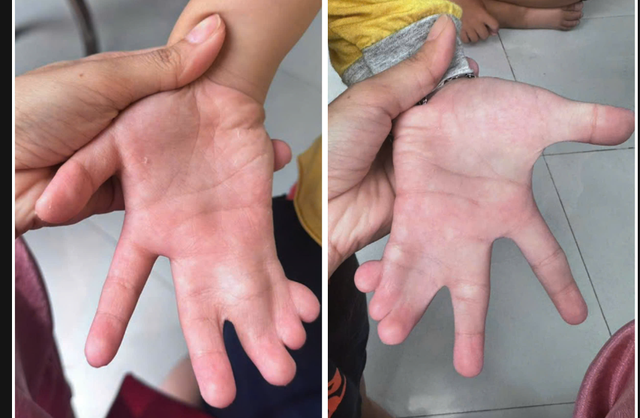
Syndactyly in children
PHOTO: BSCC
After 6 months, the patient continued to separate the 4th and 5th fingers on both hands; the technique and procedure were the same as the first time but more flaps were used due to the complete fusion between the fingers. The results showed that the wound healed well, without complications such as contracture or deformity. After surgery, the patient was re-examined after 1 week and continued to have regular check-ups every month for the first 4 months, combined with gentle finger physical therapy starting from the fourth week. The final functional assessment showed very good grip ability, clearly separated fingers and moderate flexibility.
Syndactyly is a birth defect.
According to Dr. Luu, syndactyly is a common deformity of the upper limbs, accounting for about 1/2,000 to 1/2,500 children. This is a condition in which 2 or more fingers are stuck together from birth, which can affect the child's motor function, aesthetics and psychology if not treated promptly.
Syndactyly is a congenital condition, meaning it develops while a baby is still in the womb. During development, the fingers should separate completely. When this process is interrupted, the fingers may remain fused together. It usually occurs in the third and fourth fingers, but can occur in any finger or toe.
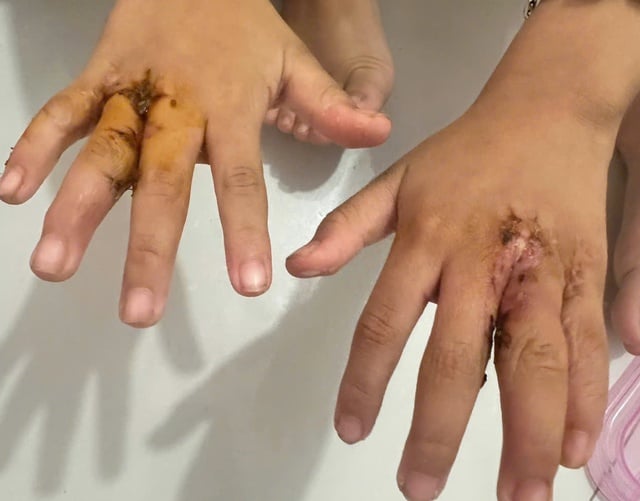
Finger separation surgery for children
PHOTO: BSCC
Some children can still use their hands quite flexibly if they only have a slight strangulation. However, if the strangulation is severe, the child’s ability to grasp and move accurately may be limited. If not treated promptly, it can affect their psychology, self-esteem, and hand function development in the long term.
"Parents should observe their child's hands early. If they see that the fingers are not spreading out normally or there are signs of fused fingers, do not hesitate to take the child to an orthopedic or pediatric specialist. Surgery is the only effective treatment method, helping to separate the fingers and restore motor function. The time of intervention is usually indicated at 12-18 months of age, or before school age to help the child integrate well," Dr. Luu shared.
Source: https://thanhnien.vn/tphcm-phau-thuat-tach-ban-tay-dinh-ngon-cho-be-trai-6-tuoi-185250723154745252.htm






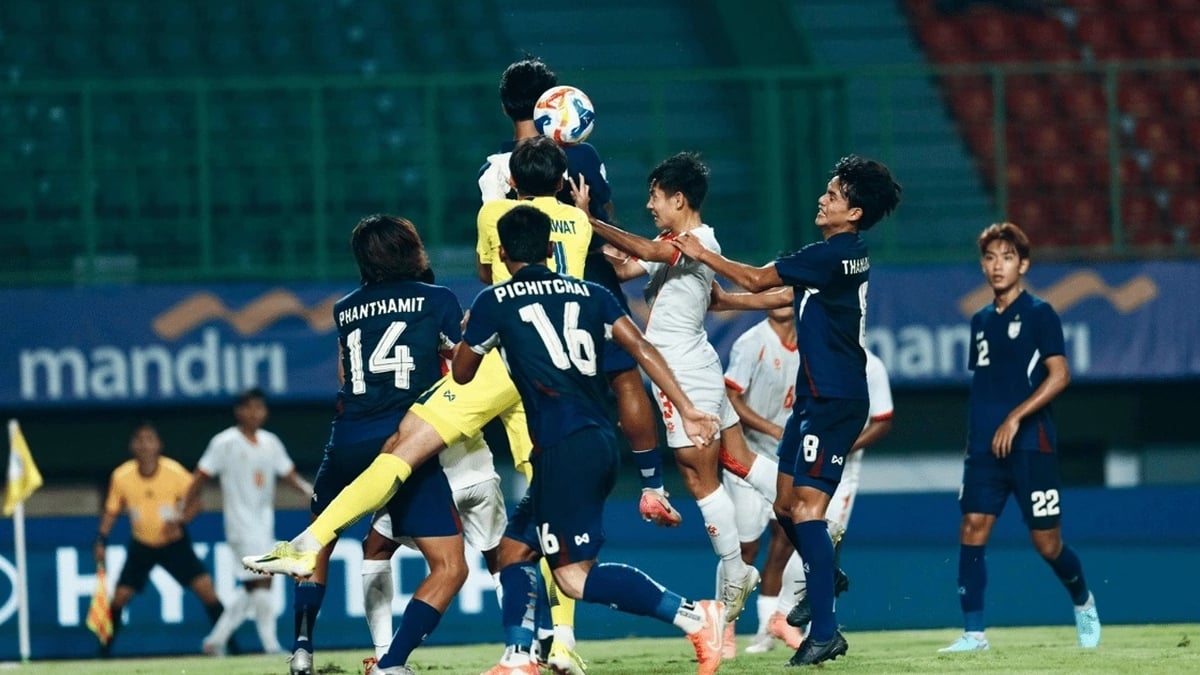




















![[Photo] Signing of cooperation between ministries, branches and localities of Vietnam and Senegal](https://vphoto.vietnam.vn/thumb/1200x675/vietnam/resource/IMAGE/2025/7/24/6147c654b0ae4f2793188e982e272651)















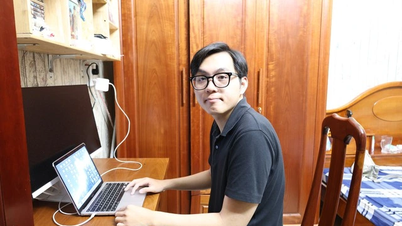





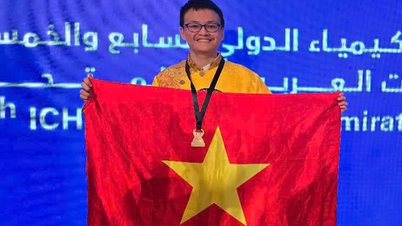










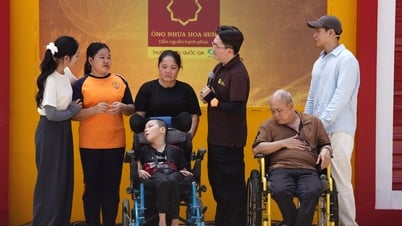








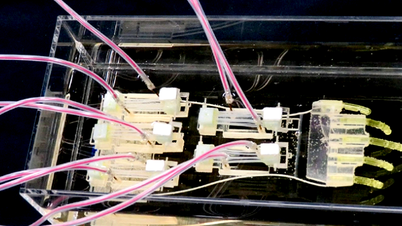

































Comment (0)